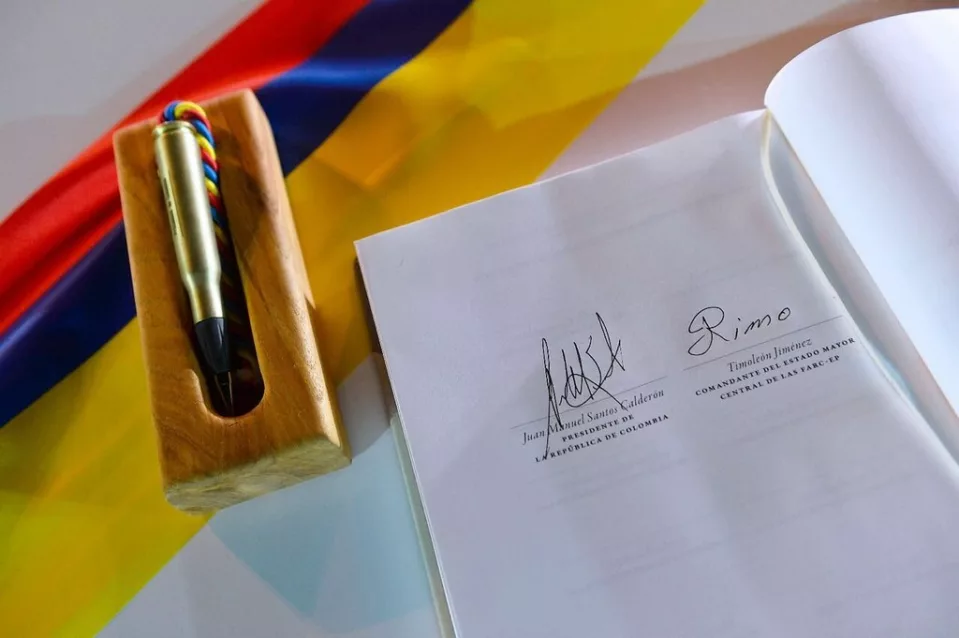New publication: The role of the Armed Forces in the Colombian peace process
The unprecedented active involvement of the Colombian Armed Forces in both the negotiations and the implementation of the peace agreement was one of the key features of the successful peace process. A new NOREF report by Omar Cortés and Juanita Millán describes the leading role that the Armed Forces played in the Colombian peace process, highlighting the infrastructure created to carry out this role, gender-related innovations in aspects of the ceasefire and laying down of arms, and the challenges the Colombian military had to face in assuming this role.
The 2016 peace agreement between the Colombian government and the FARC guerrilla group represented the third major attempt in five decades to reach a negotiated resolution to the conflict between these two parties. Three years after the conclusion of the negotiations the peace agreement continues to be an international milestone in the process of settling protracted and violent intra-state conflicts, despite the known challenges facing its implementation. In no other peace process worldwide have so many combatants demobilised in such a short period of time, have so many weapons per combatant been handed over, and has such an incident-free process occurred of assembling former combatants in zones designated for this purpose.
As with other dimensions of the peace process, countries interested in learning from the Colombian experience have viewed the involvement of the Armed Forces with considerable interest. At the same time, threats to the still-delicate implementation of Colombia’s peace agreement continue. The uncertainty caused by such threats requires all responsible actors to unite to protect the peace process: to ensure reparations for victims, and to support the work of institutions attempting to preserve and implement a fragile but invaluable peace.
Read the full report here.

Photo by FAOLAC